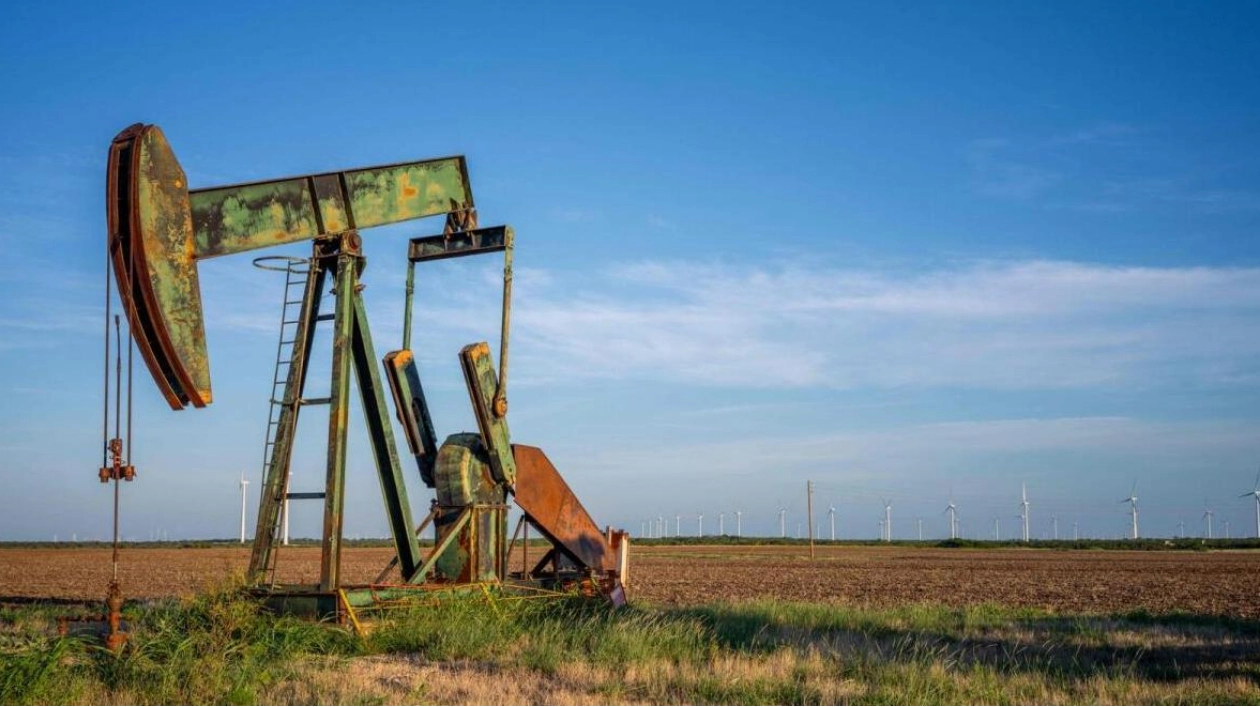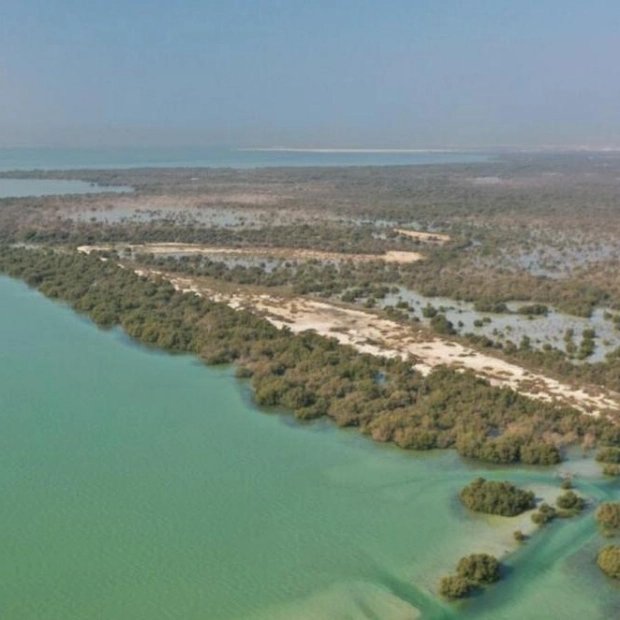Oil prices remained stable on Tuesday, hovering close to the two-month peaks achieved in the prior session due to anticipated increased demand during the summer driving season and potential supply interruptions caused by Hurricane Beryl.
Brent crude futures increased by 51 cents, or 0.59%, reaching $87.11 a barrel by 0845 GMT. Meanwhile, US West Texas Intermediate (WTI) crude rose by 51 cents, or 0.61%, to $83.89. Both benchmarks saw about a 2% rise in the previous session.
US gasoline demand is predicted to surge as the summer travel season intensifies with the upcoming Independence Day holiday. The American Automobile Association forecasts a 5.2% increase in travel over the holiday compared to 2023, with car travel rising by 4.8%.
Additionally, oil prices are being supported by an escalating risk premium due to tensions in the Middle East and indications of decreasing inflation in the United States, which has revived hopes for interest rate cuts. Markets are also monitoring potential disruptions to US refining and offshore production following Hurricane Beryl's impact as a category 4 storm on the Caribbean on Monday.
"A hazardous hurricane in the Caribbean Sea is expected to strike Mexico, heightening concerns about the supply side," stated Charalampos Pissouros, senior investment analyst at brokerage XM. He also noted that recent US data supports the market's belief that the Federal Reserve might implement two quarter-point rate cuts this year.
Increased geopolitical risk further enhances the market's upward potential, according to independent energy analyst Tim Evans, although indications of lower-than-expected demand growth have constrained oil price increases. Some data indicates that first-half crude imports to Asia, the largest oil-consuming region, were lower than in the same period last year.






